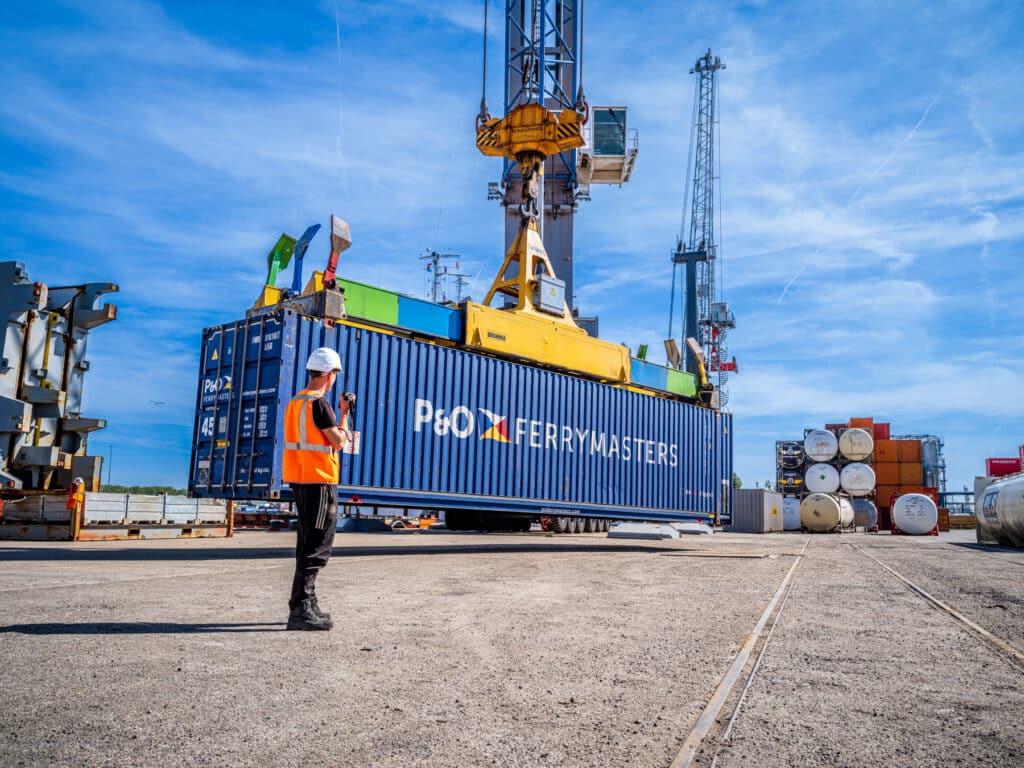Having a logistics partner that provides fast and secure International Freight Forwarding services and additionally proves an excellent track record is important when you are importing, or exporting your goods. However, in the current market situation this is easier said than done. Alternative solutions are needed to make sure your goods make it to their destination on time. Broekman Logistics specializes in complex logistics challenges. The possibilities are endless, but we would like to give you a taste of what could be the possible solution to your logistics challenge.
- Rerouting
Whenever a trade-lane or a specific destination is under pressure, we see the balance of supply and demand being disrupted. Resulting in scarce availability, price fluctuations and delays when in transit. Perhaps a different route might be more interesting, even if the distance to be covered to the place of destination is relatively bigger. In the case of unusual events, like a six day blockage of the Suez Canal, rerouting to circumvent these pressured trade-lanes can be the smart thing to do.
- Different modalities
Remember the different modalities in logistics that we distinguished in a different blog? Knowledge of the possible options is a key element to search for in your logistics partner. Maybe the use of a different modality is the answer to your problems. Both unpredictable and predictable situations may occur that ask for an alternative modality to be addressed. For example equipment shortages for conditioned containers, or tide fluctuations for inland shipping are unpredictable events, but are not unlikely to occur sometimes. Furthermore, in case of pre-announced labor union strikes in trucking, or other predictable disruptions, a well-prepared supply chain is our objective. Mitigating the possible effects for your supply chain is our goal.
- Alternative supply chain design
Combining your goods LCL, or FCL instead, alternating the frequency of shipments, creating more efficiency could reduce costs. One of the advantages of working with a well-established freight forwarder is the knowledge and size of the actualities and capacity to move in a different direction smoothly when needed. Designing alternative solutions, or an out of the box supply chain, is what we do best.
At Broekman Logistics we believe in the right balance between quality and price and with our Personal Touch we strive for complete unburdening and optimal service levels. Our team of experts is ready to help you with a transparent approach and to make your supply chain work optimally for you.
Would you like to know more about importing or exporting containers? Or are you looking for a strategic logistics partner? Broekman Logistics has extensive experience in the fluctuating market and is able to be your logistics partner who can make the difference, especially in challenging times.
For more information, please contact Fabienne Struijs.





